Robin, Co-Founder of Atelier Wen, About Creating a “Proudly Made in China” Watch Brand
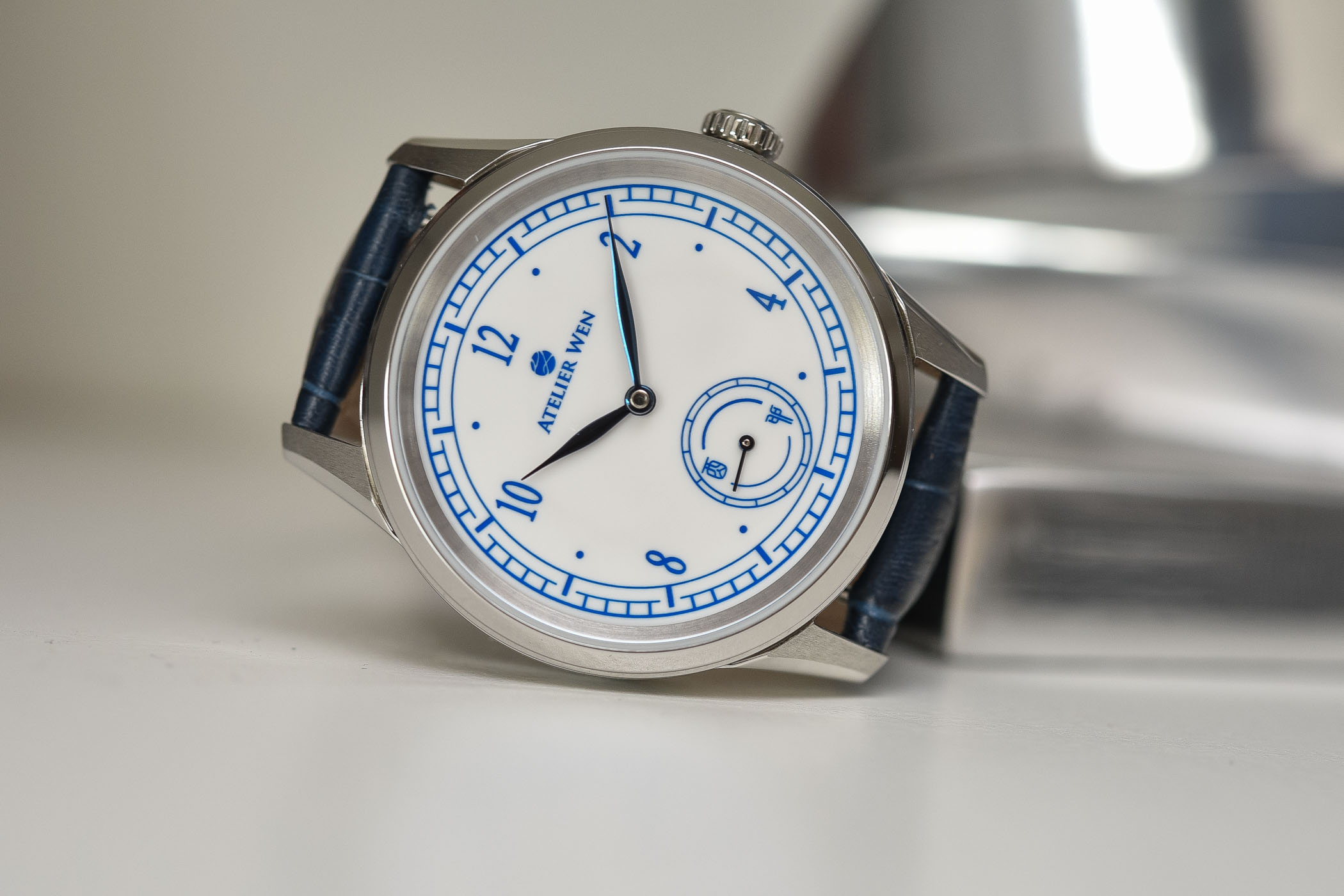
In a recent article, we introduced you to Atelier Wen, a young “microbrand” launched on Kickstarter. Interestingly, the brand claimed to have true Chinese roots – not only in design (that was obvious) but also in production… It’s not very often that a brand openly reveals that its watches come from the Middle Kingdom! Does that translate into lower quality? What are the challenges for two young Frenchmen starting their own watch business in China? We thought that it would be interesting to find out a bit more about Atelier Wen, the watches, the manufacturing process as well as the next steps for this microbrand with watches “Proudly Made in China”.
Can you explain your background and what’s your relation to time and watches?
Actually, I may be too young to properly have a “background”. Kidding aside, I have just graduated from my Masters at London Business School and beforehand I was studying at Warwick and Peking University. Other than that, I grew up in France, in the South, in Marseille, to be more precise. It was pretty uneventful, and, thus far, I’ll admit it, the link with watches may be tough to unearth. My fascination started when I was given a quartz Seiko chronograph for my 14th birthday. For whatever reasons, it struck a chord inside me, and, very soon, I found myself browsing online forums, blogs, and suchlike on a daily basis. As an aside, at that time, my English was pretty lame (which is fairly common in France…), and reading all the aforementioned sources is what genuinely allowed me to improve it. The logical consequence of all this is that, very soon, I found myself wanting a mechanical watch. Of course, I was still very much fond of my Seiko chronograph, but suddenly, to my eyes, it was lacking something. There was no movement to admire, no smooth beat, no rotor noise, no soul (please mom and dad don’t be angry)…

I am not convinced at all that this was the effect my parents expected when they chose my birthday gift… Back then, I had no money, so pretty much all such watches were absolutely beyond reach. Online, though, I stumbled upon discussions about quality Chinese mechanical watches, and it was still the epoch where you could get a pretty decent Seagull for slightly above €100. At that time, not many people knew about Seagull, and, except for a few luminaries like Ron Good, it was still very much uncharted territories. I nevertheless fell under their spell, and decided to save my pocket money (€30/month) in a bid to acquire one. The following summer, I went to Shanghai with my family, and I could finally lay my hands on my very first Seagull. Then a second one came, and afterwards a third one, and, well, until this day, it never really stopped.
As time went by (and as my collection grew), I also became more involved in the industry from a professional point of view: I did internships at Christie’s in London and at the French Chamber of Watchmaking in Shanghai, and also became a foreign advisor to the Chinese government for the international development of their watch industry. All along this journey, I was fortunate enough to get an unparalleled exposure to the inside workings of the Chinese watch industry, and I couldn’t help but notice that there was a huge discrepancy between how it actually is and how it is perceived in the West. This gap, this chasm, is what genuinely motivated me to start Atelier Wen.
What is your first horological memory?
When I was in cinquième (second year of middle school), I was an avid reader of Gizmodo, Engadget and the suchlike. One day, I stumbled upon an article discussing TokyoFlash watches, and I immediately fell under their spell. They were obviously too big for my wrist, and the gold plating was somehow quite tacky for my young age…
Nevertheless, there was a certain vibe emanating out of them, and, somehow, that felt quite relevant and compelling. In the end, I got one the following Christmas. It was modestly named “Pimp: Trip The Light”, and I had no idea what this even meant. Also, I couldn’t even read the time properly on it, but, still, I felt very happy when wearing it. After all, isn’t this why we wear watches? One day, unfortunately, the battery died (powering all those LEDs must be energy-intensive), and, alas, that’s when the love story ended.
What was the idea behind Atelier Wen? And why have you positioned the watches in the “affordable” category?
The idea behind Atelier Wen is to explore Chinese design, craftsmanship and culture through different mediums. We started with watches because that’s what I know best (and what I like most, too), but the plan is to venture into different verticals, and have these as a springboard to explore Chinese culture. Our aim is to always ask ourselves the question of what exactly is modern Chinese design about, what is its essence? The good thing with such a question is that there is no pre-conceived answer and, as such, a very wide creative freedom.
If you look at Japan, France or Germany for instance, you will notice that, design-wise, there are some already established norms and values, and that, to somehow “qualify” (for the lack of a better word) as a design originating from these countries, you, in a way, need to stay within these boundaries. This is not the case with China; the canvas has yet to be defined! The affordable positioning stems from two things: firstly, market observations, and, secondly, the fact that it allows us to strike a good balance between accessibility and “horological value”. We could have made it cheaper, but then there would not have been a porcelain dial and a fine-tuned movement, etc. We could have added a few cool features (lacquer, enamel, etc.), but then the $500 price tag would have turned into a distant memory.
You and your partner are French. Why did you choose “Chinese” inspiration?
It is indeed true that the two of us are French. Going beyond that, though, we both have a very strong link with China. Wilfried (my partner) was born in Hong Kong, speaks Chinese like a local, did his studies in the mainland (part of his undergrad at Peking University and his Masters at Tsinghua) and is something of a TV celebrity. I, myself, also completed part of my studies in China (at Renmin and Peking University), and I have been, for a few years, the student/disciple of the greatest authority on Chinese watches in China, Mr Li Wei. Hence the Middle Kingdom is, for the two of us, very dear to our hearts. We have both observed the discrepancy between what can be done in the country and how this can be perceived outside of it, and since that is something that we feel dearly about, we decided to act.
Not only is the inspiration Chinese, but so is the production. What does the Chinese watch production look like today?
Yes, that’s the whole idea behind the brand: proudly made in China, with a distinctive Chinese soul. Regarding the Chinese watch industry, I think that there are two points worth noting.
The first one is that today, most watches are produced there. China has a huge watch industry, and no matter what’s written at the bottom of a dial, there is, statistically speaking, a strong chance that at least part of the watch was made in the Middle Kingdom. But that’s not a bad thing at all! It simply means that China is able to craft some quality products, in a fairly competitive way.
Above: the Seagull Watch manufacture – impressively modern production facilities. Photos courtesy of www.amchpr.com
The second point is that, of course, the scope, in terms of quality, of what is being done there is quite wide (from very low-end to state-of-the-art), but that’s more linked to market demand than an actual lack of capabilities and skills. We decided to work exclusively with the very best of the country, and to ensure that this would be the case, we took the unusual approach to build our supply-chain from scratch.
Most micro and small brands go to a “one-stop-shop” in either Hong Kong or Shenzhen, which will then do all the manufacturing on their behalf. What happens is that they have their own supply chains ready at hand, and then they will just “feed” them their clients’ designs and specifications. While such an approach is very convenient, the reverse of the medal is that you (as a brand owner) have no idea about who precisely makes what in your watches.
We selected each of our 12 suppliers individually, and we are confident that they are best-in-class in what they do. The machines our movement supplier uses, for instance, are all state-of-the-art: Starrag, Zoller, Zumbach AG, etc.… Some of these, given how expensive they are, are only used by Patek and the Swatch Group. It would thus be fair to say that the quality of the top industry players is on par with respectable Swiss manufacturers. After all, if you think about it, China is able to put satellites in orbit… So why wouldn’t they be capable of crafting quality watches?
You managed to fund your project within 30 minutes on Kickstarter. What are the next steps?
There are many! The first one is to start production, and that’s why we are currently in China. Over the course of two weeks, we are travelling all across the country to meet our different suppliers and place our orders. We are also very busy preparing for the China launch, which should occur in March. There’s a lot of work to be done there: contacting media, preparing the crowdfunding campaign (should take place on JD Crowdfunding, but that is not fully certain yet), building-up our presence on Wechat, Weibo and the suchlike, reaching out to KOL…
We are also in the process of opening our Shenzhen office, which implies that we need to recruit new talent to join us on this journey. Lastly, we are in the process of raising funds (we have some fairly ambitious plans, and getting some extra capital would allow us to execute them faster), and that is nearly like another full-time job – my sleep pattern is not too happy with this!
What are the challenges for a “microbrand” like Atelier Wen?
Again, there are quite a few! Most of them are linked to growth and to brand-building. We have sold one watch, but one model doesn’t equate to a proper and full brand. Now, the question is, how to actually build a brand? At what pace should new products be released? Of course, we need to bring fresh items to the market, but if too many of them are introduced in a restrained time fashion, then the demand will not follow and there will be some sort of oversupply. Hence, what is the right speed? How do we sustain the sales of our current models while still introducing new ones? In essence, how to get away from the “one-off” model? Growth also calls for some different challenges: how to stay lean? How to avoid becoming a disorganised mess while scaling-up? How to diversify and venture into new verticals without screwing-up the brand equity? How to have a “coherent” diversification (and not to make every new product launch akin to starting a new company)?
There are also some more “personal” challenges: every day, some new kinds of “activities” come up, and, usually, we have no experience at all in executing them. Hence, we need to be able to learn on the spot very quickly. Also, as we are growing, the scope of our daily activities is changing, and there is a need for both Wilfried and myself to delegate some of the tasks we used to carry out ourselves. This requires a lot of trust in the person who will then be in charge of them, which, in the beginning, is truly not easy.
Your first watch is now a reality and will be produced. Do you have new projects in mind?
Of course! The development of the second series has just started, and it will certainly be an interesting line of watches. As with our current line-up, extreme attention will be paid to the dial, and you can expect to find some fairly unique materials. More emphasis will also be laid on the case, so as to make sure that its shape is truly distinctive and inherently Chinese. That is not an easy task! The materials we will be using for it may also be quite unique…
I can’t say much now, except that it is very new, has some incredible properties, and is painfully tough to work with. On the movement side of things, you should also expect a nice surprise. I have just come back from our movement manufacturer, and they showed me a new very slim automatic calibre, which is genuinely gorgeous to look at! They also have an amazing automatic chronograph movement with column wheel and incredible finish in the works, and, if things go well, we should be the very first one to use it.
More details at atelierwen.com and on www.indiegogo.com.


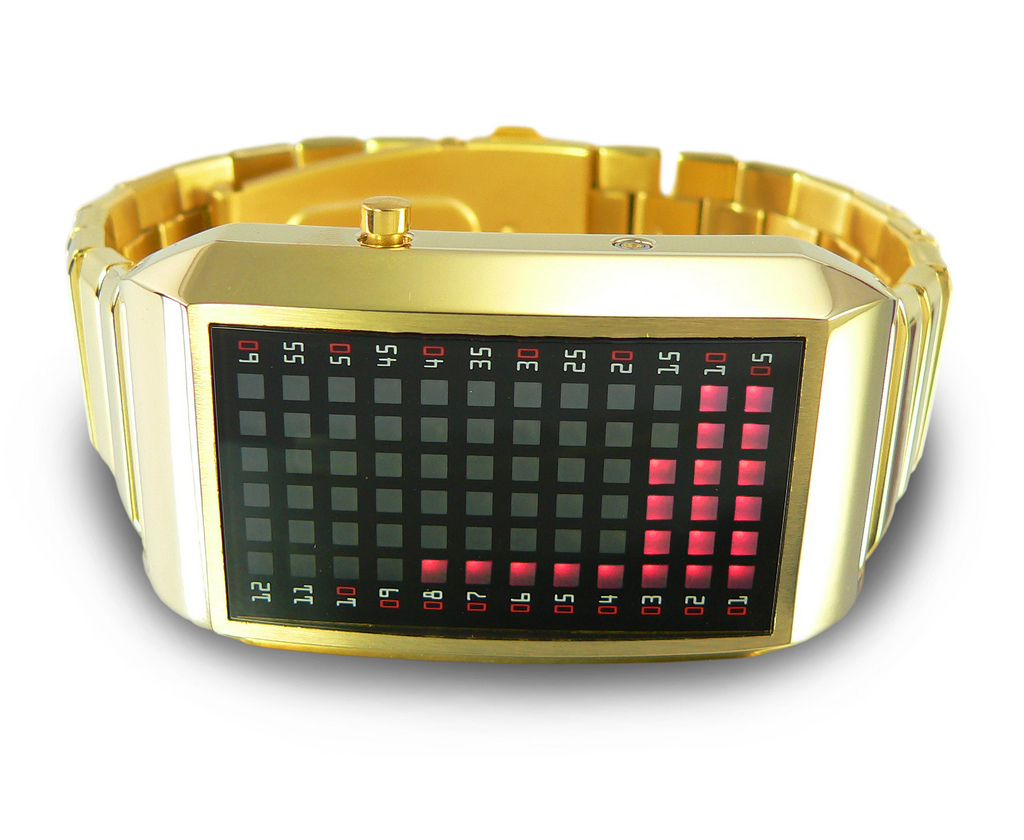
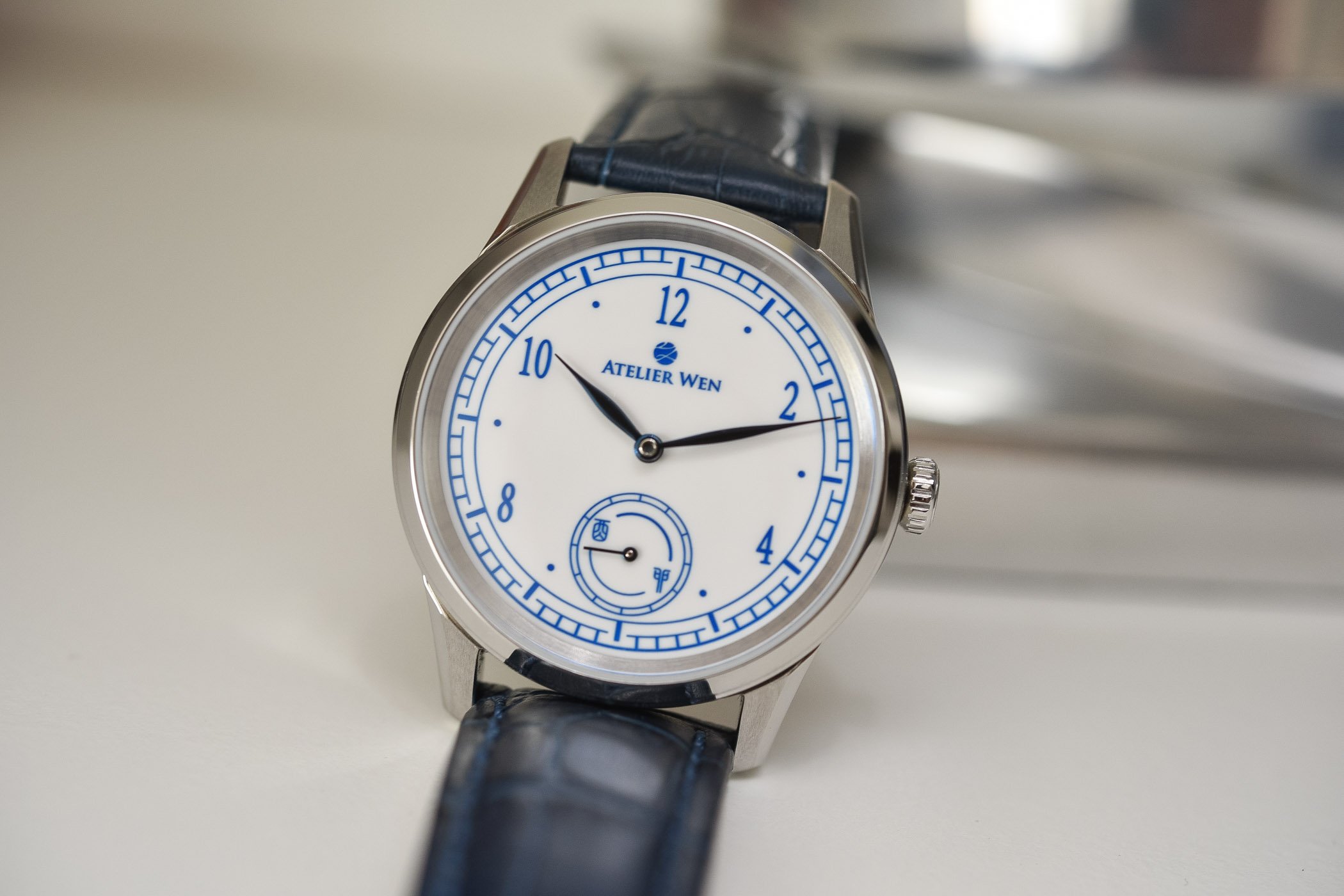



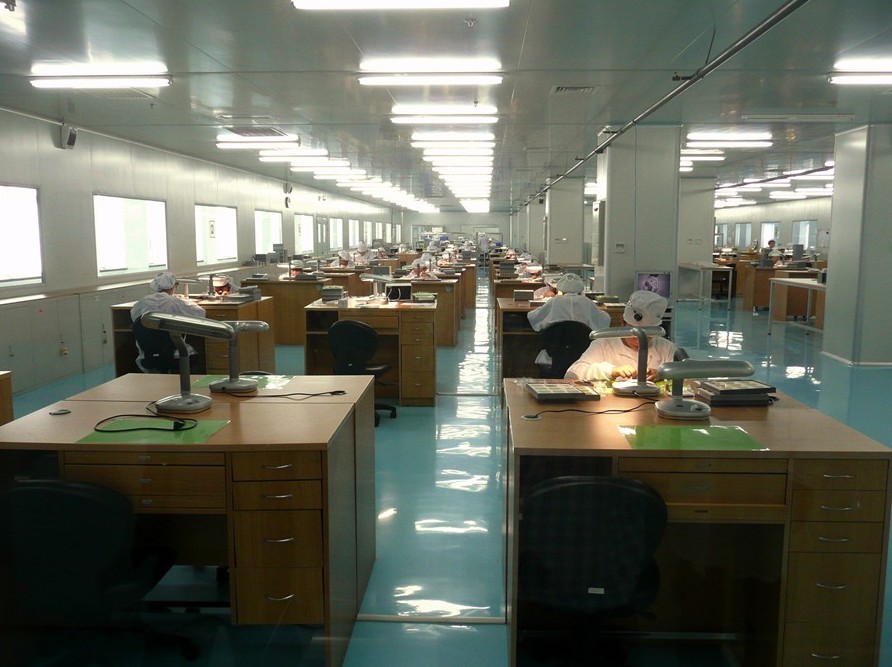
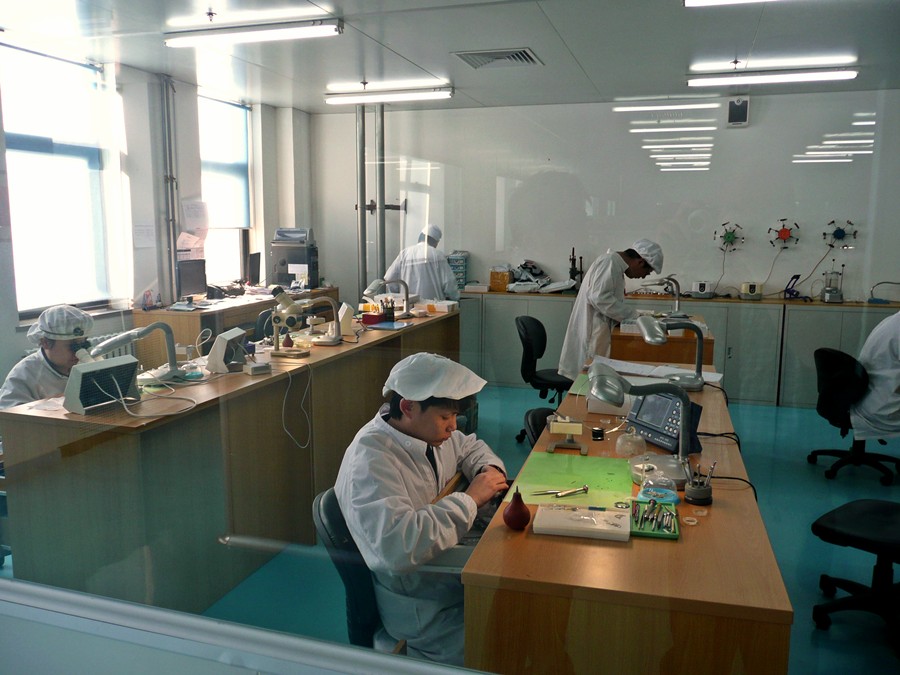
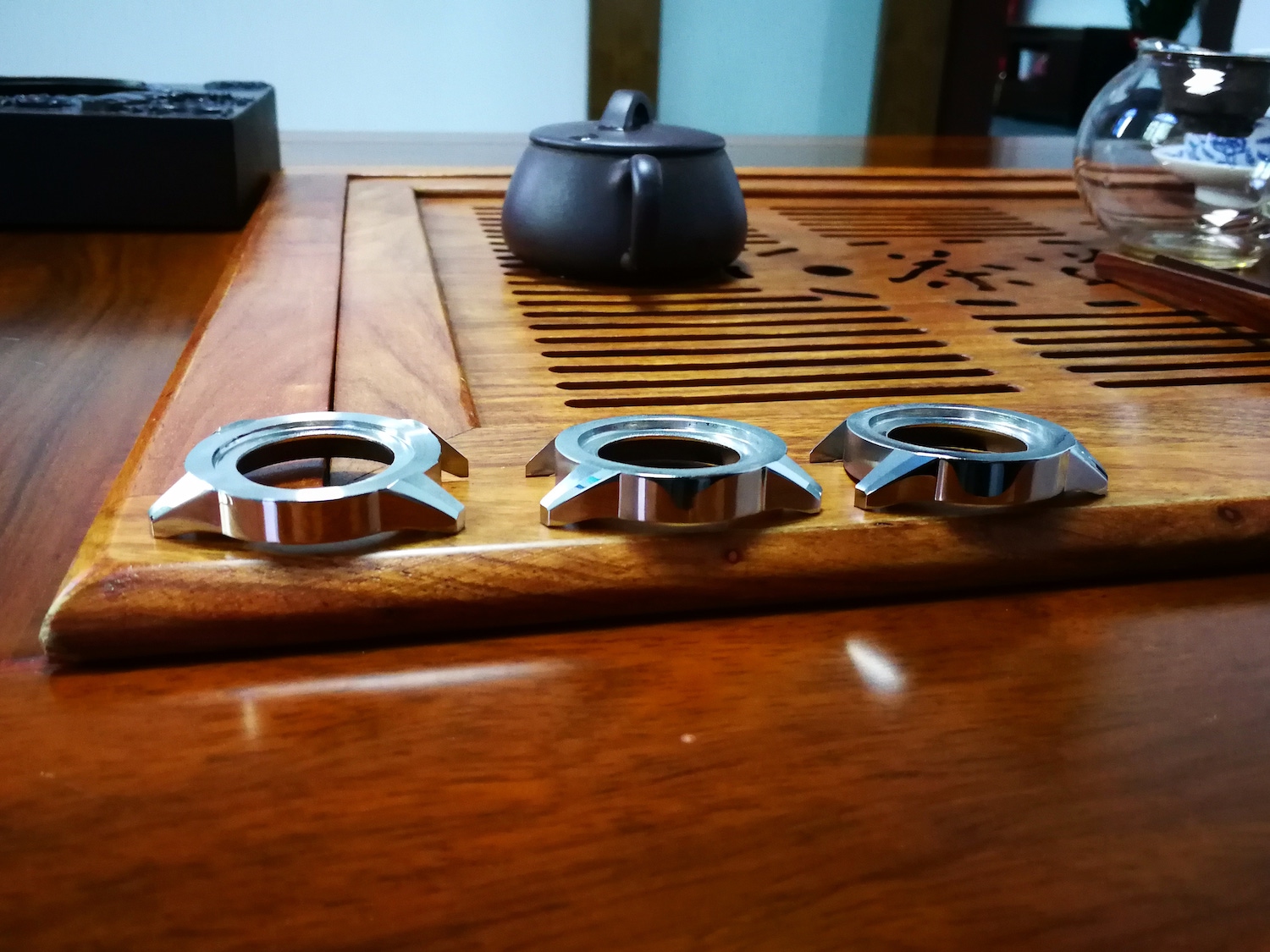
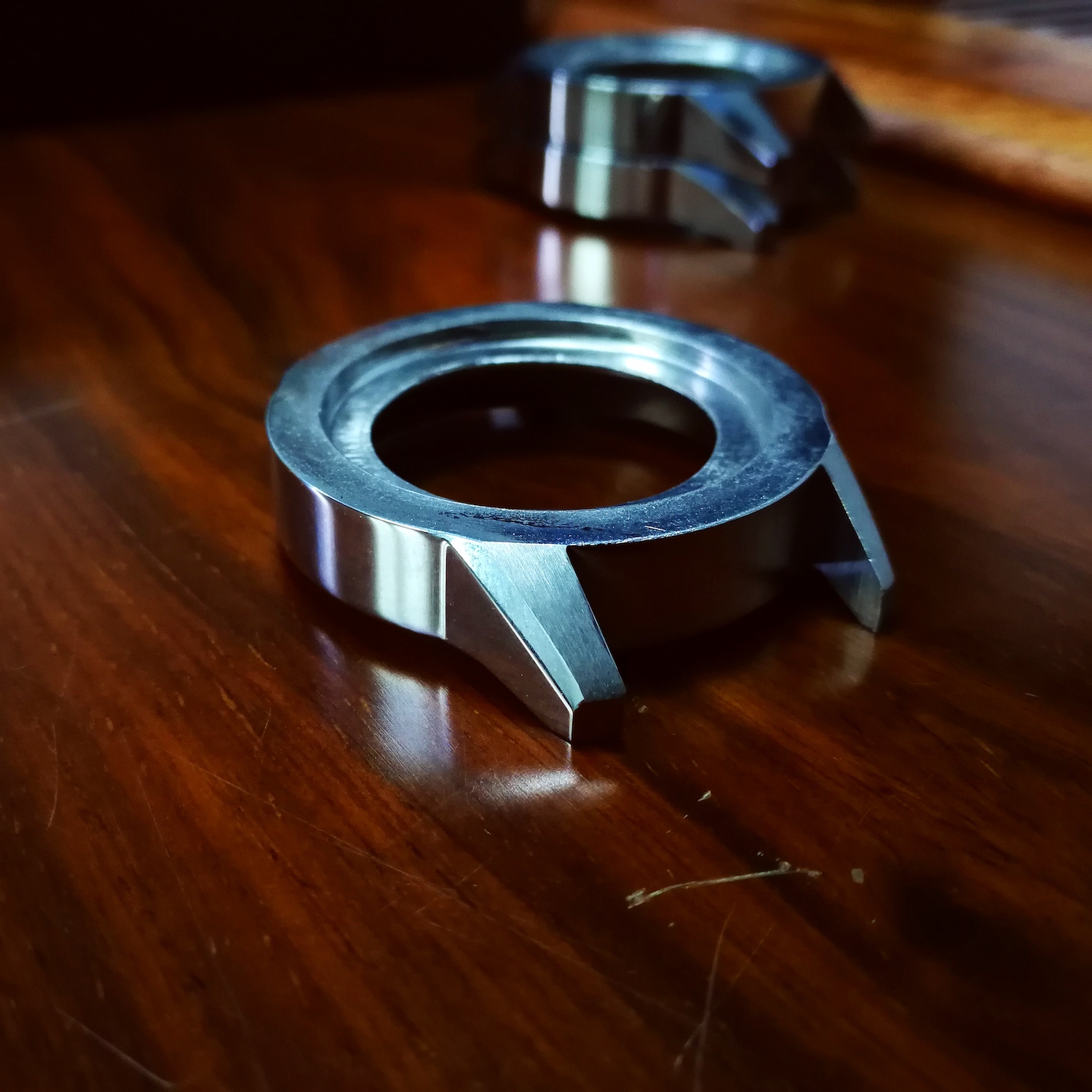






3 responses
Muy bien enfocado la producción de modelos para un mercado asiático,es normal que se fabrican en China se vendan en China,aún así serán caros, para ese mercado.
Suerte.
Apart from the two small symbols in the second sub-dial I can’t see anything on the dial that screams Chinese. So what is it? Just a simple good watch made in China because manufacturing is cheaper there? Or some unique product with specific attributes making it a really Chinese watch?
I can’t get the “positioning” proposition from just looking at the watch.
The dial is made of china, geddit?